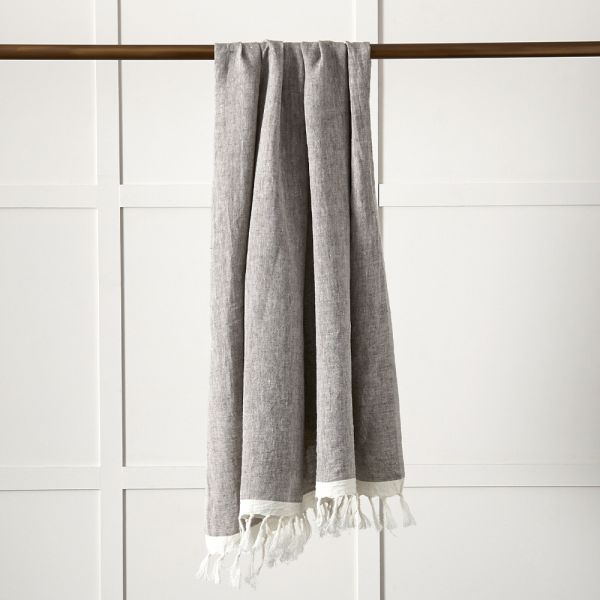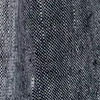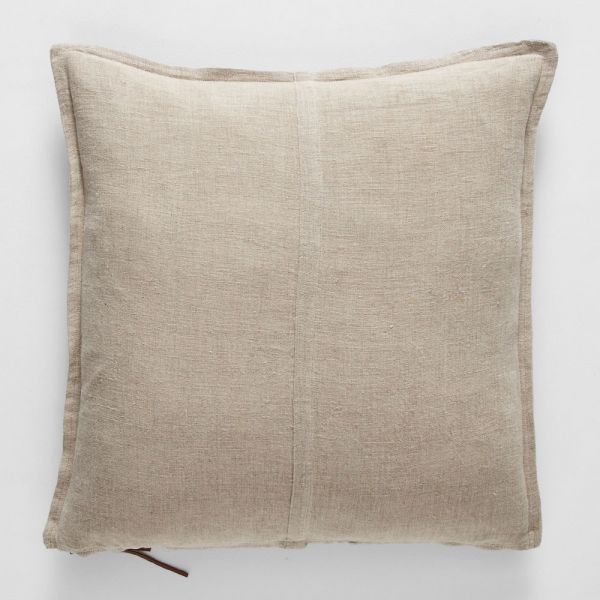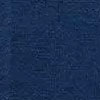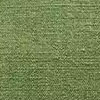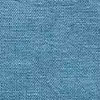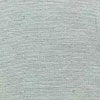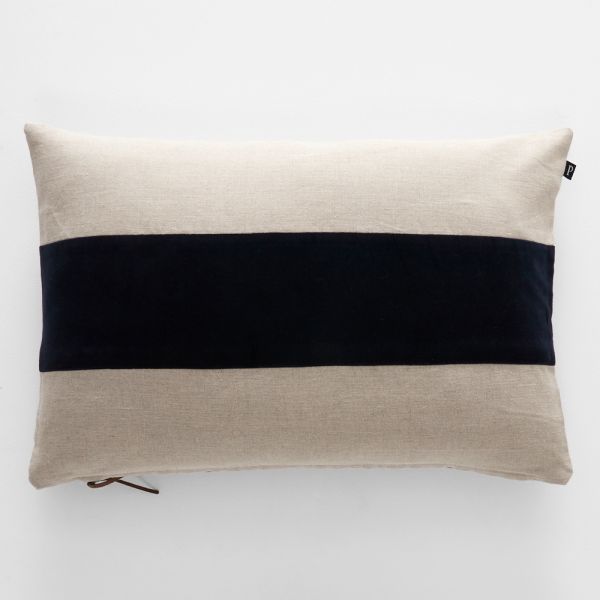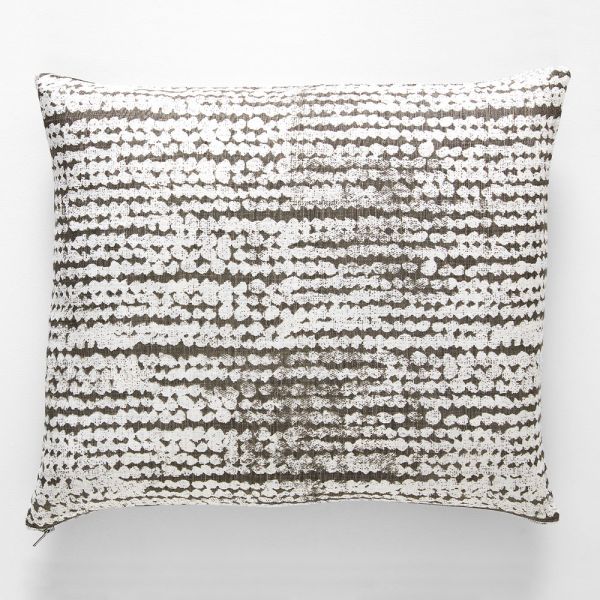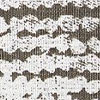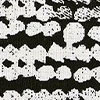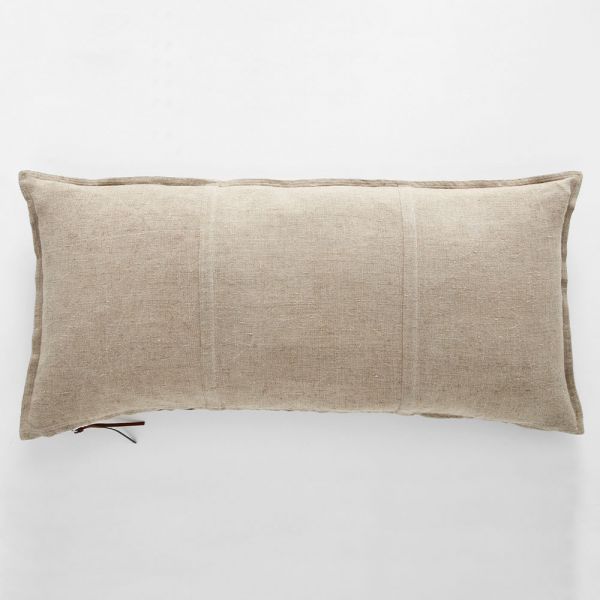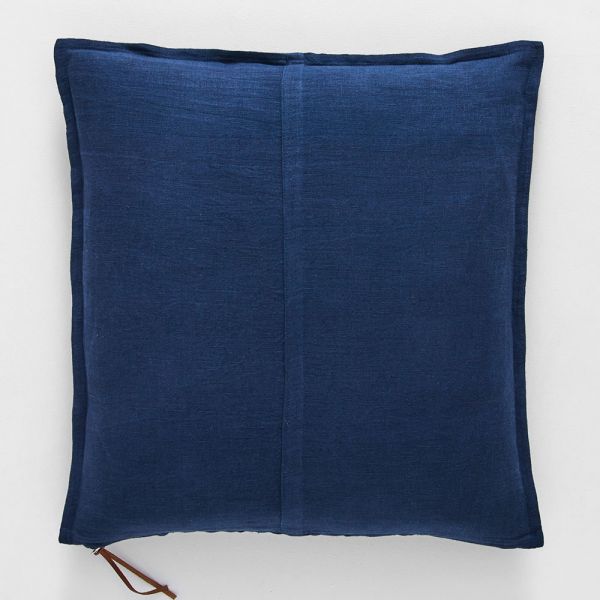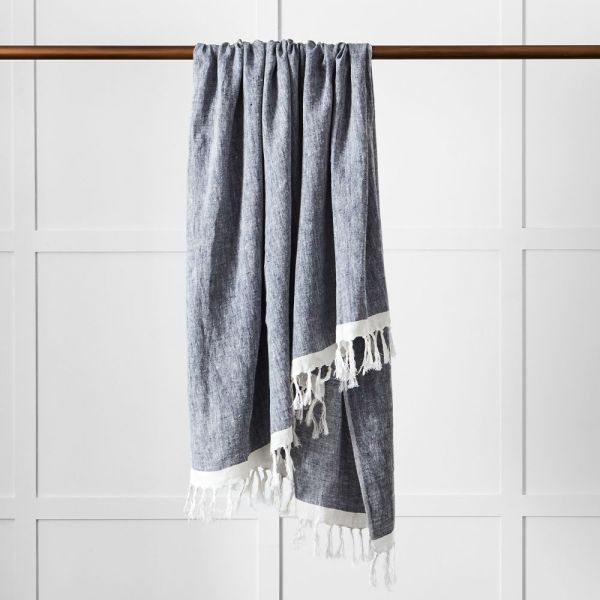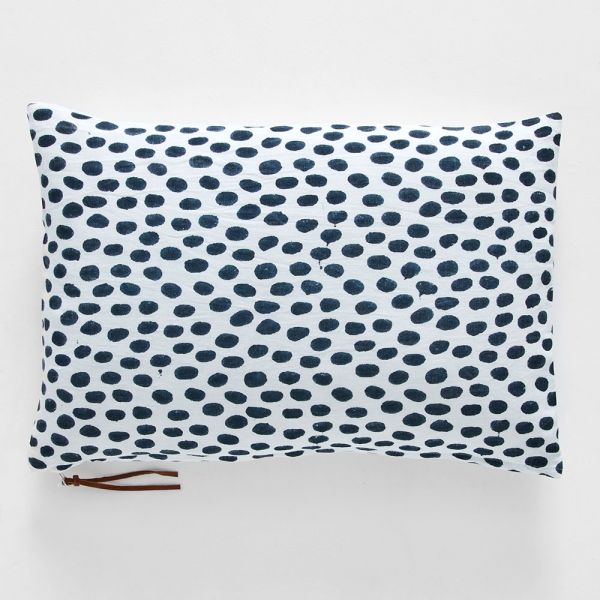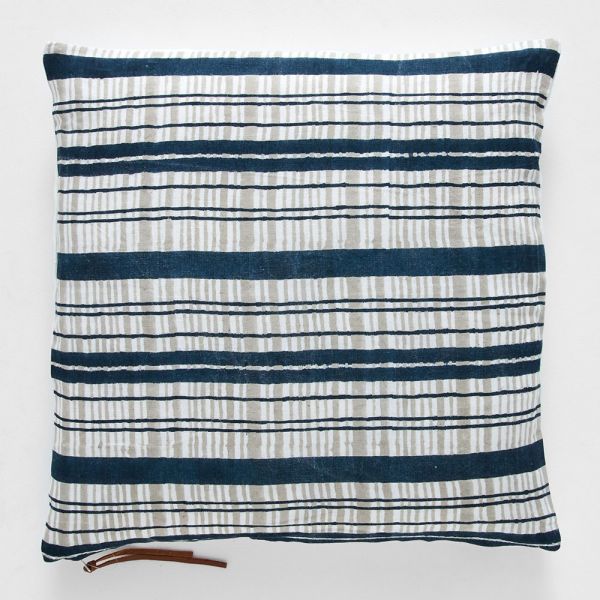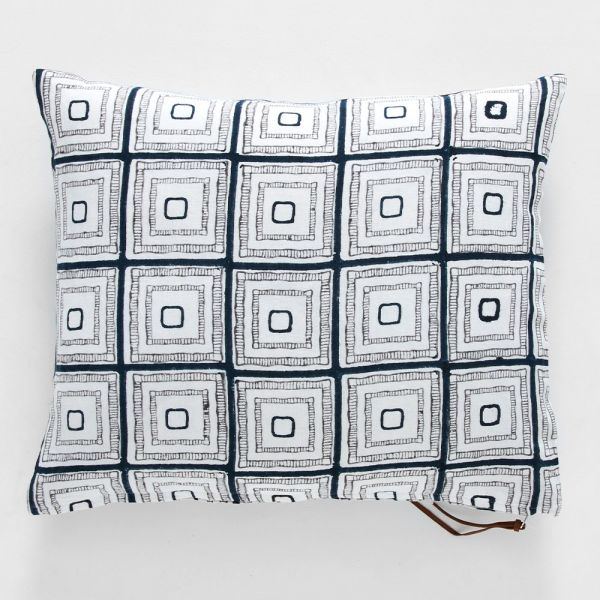Whatever inspiration you’re after…. a new recipe to wow the family, a little bit of help making the perfect bed, styling a sideboard, some lifestyle articles or what’s new at Provincial, our Journal will bring you stories to brighten your day.
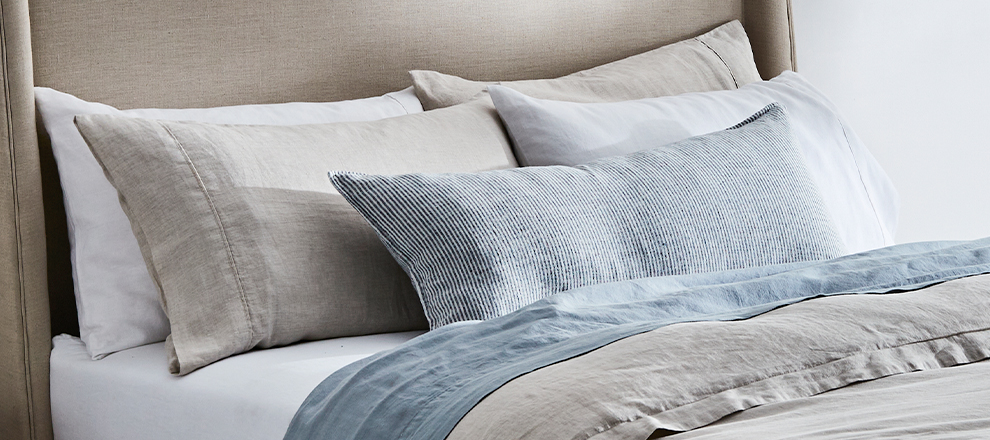
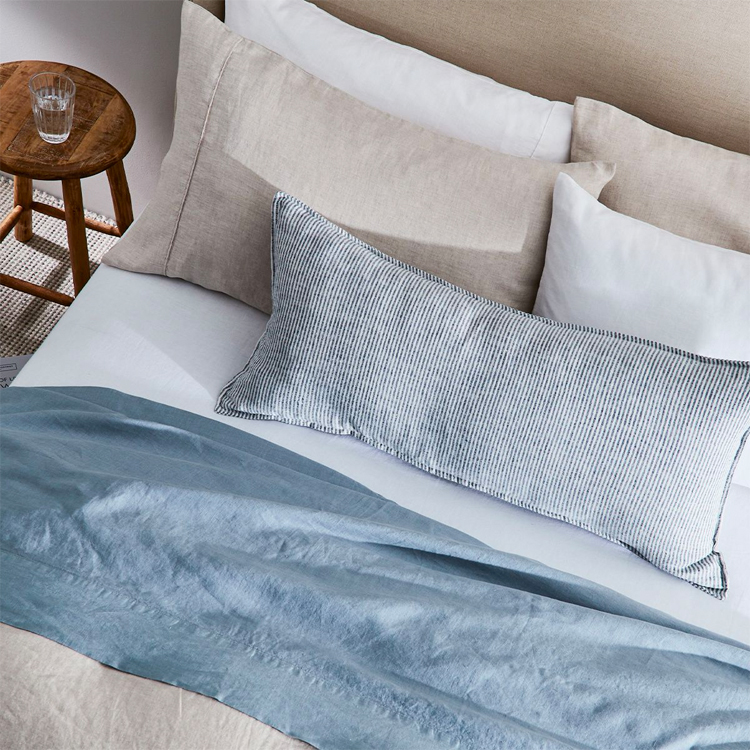
There’s nothing quite like the luxury and comfort of sleeping in linen sheets … and you may even appreciate it a little more when you realise how much goes into the production and what is involved to take it from the flax plant into your bedroom. It’s satisfying to know that a fabric that has been valued for over 36,000 years is still being enjoyed and appreciated today.
Linen is a textile made from the fibres of the flax plant and is one of the oldest textiles in the world. In 2009, dyed flax fibers found in a cave in south-eastern Europe dated back over 36,000 years. Linen is associated with ancient Egyptian times and was used as shrouds – “the ultimate garment of eternity to accompany the immortality of the soul”. Between the 12th and 16th Centuries B.C., the Phoenicians, great maritime travellers, introduced linen to Greece, Rome, Brittany, England, Ireland, and Spain. Middle Eastern countries first cultivated the flax plant and skilled artisans turned the flax into ropes and fabric which was used for clothing, napkins and bed linen.
Throughout history, rulers in various countries have recognised the importance of linen and encouraged the development of processes to take over from the hand weaving. Historically, the labour intensive, back breaking work involved in producing linen cloth resulted in high prices, so it was only enjoyed by the upper class.
Today, a wide coastal band in Western Europe, known as the Flax Belt (France, Belgium and the Netherlands) produces 80% of the world’s production. European flax is considered the best in the world due to natural, damp ocean climate, a rich soil, and the experience of the growers. It’s a complicated process from the seed to the fabric, with a lot of strange words like, pulling, retting and scrutching. It’s amazing to think that over 36,000 years ago, someone worked out how to turn a wild flax plant into linen fabric and we’ve been enjoying the benefits ever since.
The flax season starts between mid-March and mid-April with sowing the seeds. After about 100 days with the flax growing, with only rain and dew needed and no extra irrigation. By June it has reached a height of 1 metre and the magical blooms appear. The flax fields when flowering are a beautiful sight – acres of soft blue flowers for as far as the eye can see, moving in a gentle breeze. The timing of the harvest is crucial and affects the final product. It takes place about 30-35 days after flowering, and the window may only be a day or two, so the experience of the growers is important. The longer they wait – the courser the fibre will be and if they harvest too early, seeds have not ripened so they can’t be used for the next year’s crop.
Flax plants are not cut, they are pulled out of the ground, which preserves the length of the fibre enabling a smoother fabric. The roots of the flax plant remain in the ground, enriching the soil, increasing the next year’s crop by up to 20 percent. During pulling the seeds are extracted and saved for the following season. The pulled plants are laid on the ground in the fields for between 3-8 weeks. In Western Europe the process used is usually “dew retting”, using nature’s own resources – sun, dew, air and fungi to dissolve the unwanted parts and reveal the linen fibres. It’s a simple, inexpensive, low intensive way and, sustainable. The warmer the weather, the less time is needed.
Once the woody material comes away easily from the fibres, the stalks are dried and stored before rolling and scrutching. Scrutching is a mechanical, chemical free process that separates the long and short fibres. Long fibres are combed and stretched into ribbons, before being spun in water heated to 60°C which separates and smooths the fibres, leaving it looking like flaxen hair, short fibres can be used for paper and felt and the long fibres are used for fabric. The fibres can then start their journey from the field to your bedroom.
Not only is linen a beautiful fabric with an amazing history, it’s also sustainable. It requires fewer resources and less water to grow and process, it also has no need for pesticides and chemicals. Flax is also the most productive crop (second to hemp) per hectare and it involves rotating the crop which prevents soil degradation. Linen is naturally biodegradable, so there’s less waste and less impact on ecosystems, but it’s also extremely long wearing so you’ll be able to enjoy it for a long time too.
The thousands of years it has taken for the flax plant to travel from the fields to develop into the superb textiles that are woven today is a wonderful story and makes the fabric even more special.
Provincial carefully selects from a wide range, choosing the right fabric for each use. A heavier upholstery textile is preferred for our furniture, a finer fabric for our napery and cushions and our Antwerp bedding is made from a superb, washed linen.










